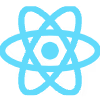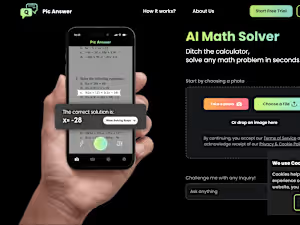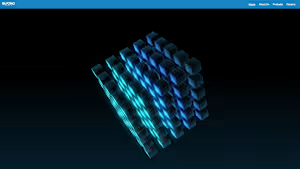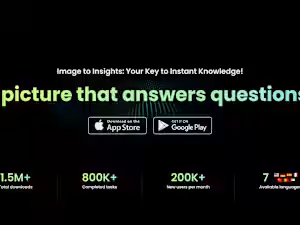
Front End React/Next.js Web Development
Contact for pricing
About this service
Summary
FAQs
1. How long does it take to develop a web app?
The timeline depends on the complexity of the project. A simple landing page may take 1-2 weeks, while a more complex web application could take 4-8 weeks or more. I provide a detailed timeline after reviewing the project requirements.
2. Do you provide design services?
Yes, I can either collaborate with a designer or create custom, responsive UI/UX designs using tools like Figma or Adobe XD before starting the development process.
3. Will the website be mobile-friendly?
Absolutely! Every project I build is fully responsive, meaning it will work seamlessly on desktops, tablets, and mobile devices.
4. Can you integrate third-party services like payment gateways or APIs?
Yes, I have experience integrating various third-party services, including payment gateways (e.g., Stripe, PayPal), social logins, and APIs.
5. Do you offer support after the website is launched?
Yes, I provide post-launch support, including bug fixes, updates, and maintenance. I can also set up a maintenance plan tailored to your needs.
6. How do you ensure the website is fast and optimized?
I implement performance best practices like code splitting, lazy loading, server-side rendering (SSR), and asset optimization to ensure fast load times and smooth user experiences.
7. Will the website be SEO-friendly?
Yes, I follow SEO best practices, including optimizing for search engines using Next.js features like SSR and SSG, along with semantic HTML, metadata, and fast load times.
8. What’s the cost of developing a web application?
The cost varies depending on the complexity and scope of the project. After gathering your requirements, I provide a detailed estimate based on the features and timeline.
9. Can you work with existing codebases?
Yes, I can work with existing projects to add new features, fix bugs, or optimize performance, ensuring a seamless continuation of your project. However, before working with it I must assess the codebase before committing to it.
10. How do we communicate throughout the project?
I use communication tools like Slack, Zoom, or email to keep you updated regularly. We'll also have weekly progress meetings to ensure everything is on track.
What's included
Responsive Website Development
Fully functional user interface: Responsive and optimized UI that works across different devices and browsers. Pixel-perfect implementation: Converting designs (e.g., Figma, Sketch) into code using React/Next.js.
Next.js Static & Dynamic Pages
Static site generation (SSG): Pre-rendering pages at build time for better performance and SEO. Server-side rendering (SSR): Dynamic page rendering for content that changes frequently. Client-side rendering (CSR): Where necessary for dynamic components.
Component-Based Architecture
Reusable UI components: Modular, reusable components for consistency and ease of updates. Atomic design structure: Organizing components for scalability and maintainability.
Integration with APIs
RESTful API or GraphQL Integration: Fetching and displaying data from back-end services. Authentication: Integration of user authentication and authorization (e.g., JWT, OAuth). Real-time data updates: Via WebSockets, GraphQL subscriptions, or other technologies.
SEO Optimization & Performance
SEO-friendly components: Optimizing the site for search engines using Next.js features (e.g., metadata, sitemaps). Performance optimization: Lazy loading, code splitting, and image optimization for faster load times.
Progressive Web App (PWA)
PWA setup: Turning the website into a Progressive Web App for mobile app-like experiences, including offline capabilities.
Content Management System (CMS) Integration
CMS integration: Connecting the front-end to a headless CMS (like Contentful, Sanity, or Strapi) for easy content updates.
Accessibility Compliance
WCAG-compliant components: Ensuring the site adheres to web accessibility standards, making it usable for all users.
Code Documentation
Comprehensive documentation: Providing documentation for the components, architecture, and any custom logic to make future maintenance easier.
Skills and tools
UX Engineer
Frontend Engineer
Web Developer

Next.js

React

Tailwind CSS

three.js

TypeScript



